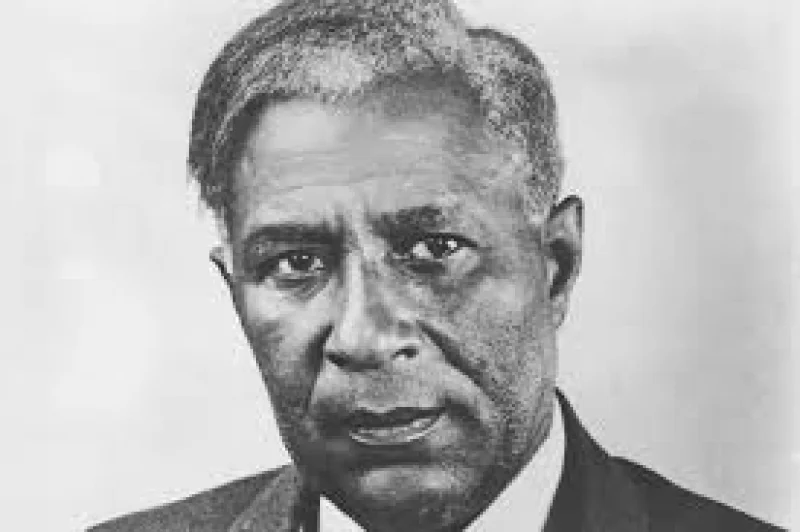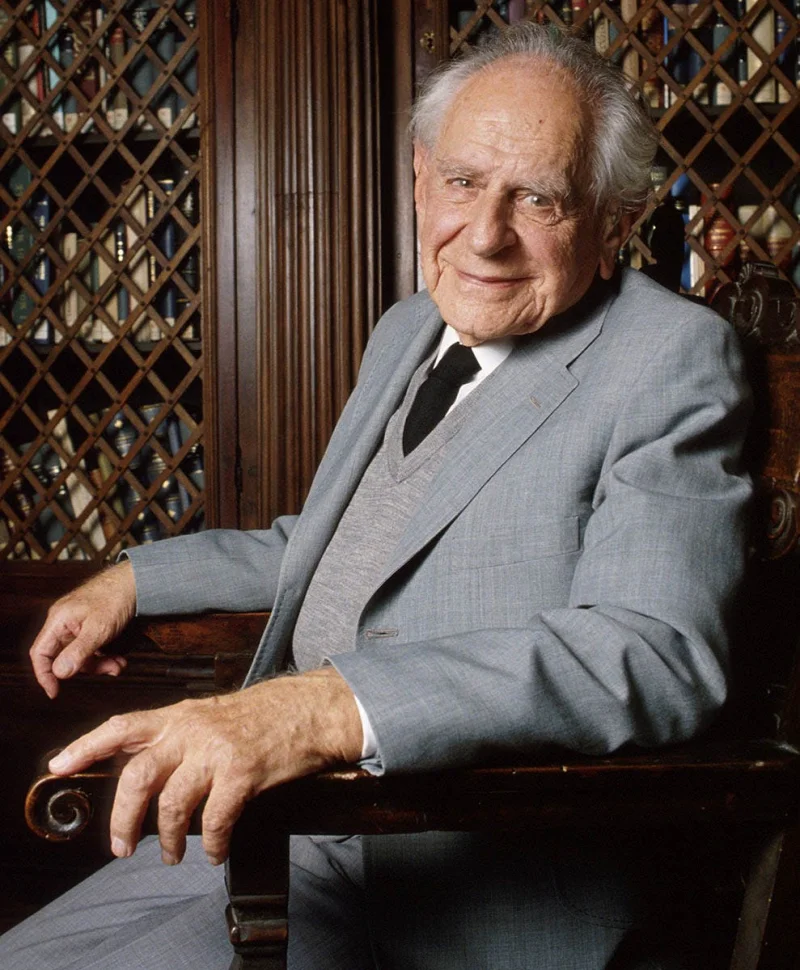Short Summary
Agnes Arber was a pioneering British botanist and plant morphologist known for her significant contributions to the study of plant structure and development. Her meticulous research and publications have had a lasting impact on the field of botany. Arber was the first woman botanist to be elected as a Fellow of the Royal Society, highlighting her esteemed position in the scientific community. Her work is celebrated for its depth, clarity, and influence on subsequent botanical studies.
Early Life & Education
Agnes Arber was born on February 23, 1879, in London, England, into a family that valued education and intellectual pursuits. Her father, Henry Robertson, was an artist, and her mother, Agnes Lucy Turner, instilled in her a love for nature. Arber was educated at the North London Collegiate School for Girls, which was known for its rigorous academic program. She later attended University College London, where she earned a degree in botany, and subsequently completed her doctorate at the University of Cambridge. Her early exposure to both art and science profoundly influenced her approach to botanical studies.
Career Highlights
Throughout her career, Arber focused on plant morphology, particularly the comparative anatomy of monocotyledons. She held research positions at University College London and the University of Cambridge, where she conducted groundbreaking studies. Her publications, including "Herbals: Their Origin and Evolution" and "The Gramineae: A Study of Cereal, Bamboo, and Grass," are considered seminal works in botany. In 1946, she became the first female botanist elected to the Royal Society, a testament to her significant contributions to science. Arber's interdisciplinary approach, combining biology with philosophy and history, set her apart as a distinguished scholar.
Major Achievements
- First woman botanist elected Fellow of the Royal Society, recognizing her outstanding contributions to plant morphology.
- Authored "Herbals: Their Origin and Evolution," a critical analysis of botanical literature from the 15th to 17th centuries.
- Published "The Gramineae: A Study of Cereal, Bamboo, and Grass," providing comprehensive insights into the structure and evolution of grasses.
- Pioneered research on monocotyledonous plants, significantly advancing the understanding of plant anatomy.
- Integrated botanical study with philosophical inquiry, influencing the interdisciplinary approach in scientific research.
Famous Quotes
- "To be surprised, to wonder, is to begin to understand."
- "The task of science is to bear no malice, to be objective, to be free of all prejudice."
Interesting Facts
- Despite her achievements, Arber never held a formal academic position, working primarily as an independent scholar.
- Her interest in the history of botany was sparked by her work with historical botanical texts during her early career.
- She was also an accomplished artist, illustrating her own scientific publications with detailed drawings.
- Arber was influenced by Goethe's writings on plant morphology, which shaped her philosophical approach to botany.
- She continued her research and writing well into her seventies, demonstrating her lifelong dedication to science.
Legacy / Influence
Agnes Arber's work laid the foundation for modern plant morphology and botanical history. Her interdisciplinary approach, combining rigorous scientific research with philosophical insights, has inspired subsequent generations of botanists. Her legacy is evident in the continued relevance of her studies and the respect she commands within the scientific community. Arber's pioneering spirit and dedication to inquiry continue to influence and encourage women in science.
FAQ
Q: Why is Agnes Arber famous?
A: She is renowned for her contributions to plant morphology and historical botany, and for being the first woman botanist elected Fellow of the Royal Society.
Q: What was her most influential publication?
A: "Herbals: Their Origin and Evolution" is considered one of her most important works, analyzing historical botanical literature.
Q: What was her educational background?
A: Arber studied botany at University College London and completed her doctorate at the University of Cambridge.
Q: Did she have any other talents?
A: Yes, she was also an accomplished artist, illustrating her scientific works with detailed botanical drawings.













